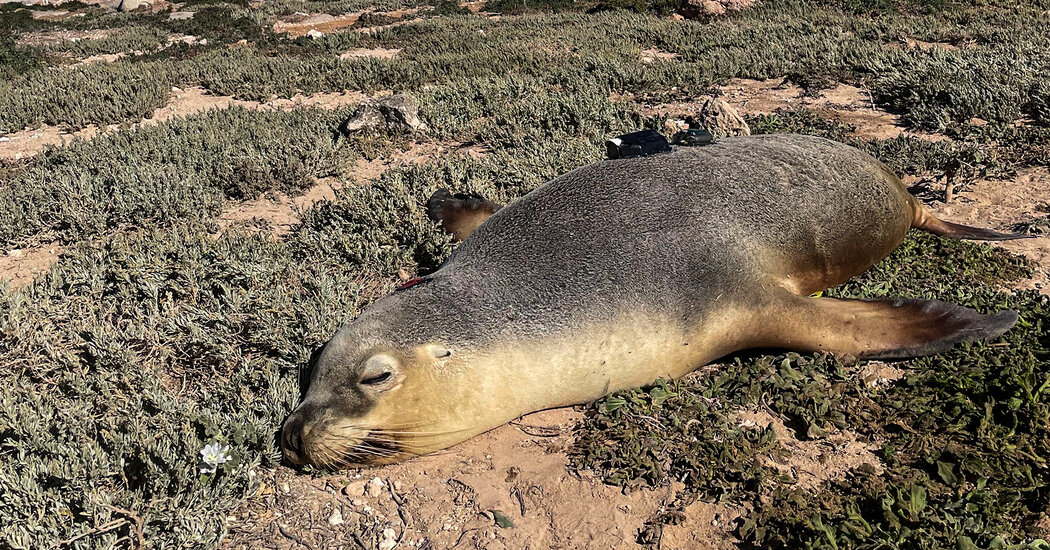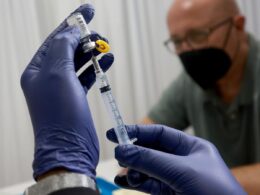Around much of the planet, an aquatic mystery leaves scientists in the dark.
“For most of the ocean, we don’t know what the bottom looks like,” said Nathan Angelakis, a Ph.D. student at the South Australian Research and Development Institute (Aquatic Sciences) and the University of Adelaide.
So for a recent research effort, Mr. Angelakis and colleagues called in some helpers named Daphne, Phoebe, Iris and Pasithea. The four assistants, along with several others, carried underwater video cameras and dived to parts of the ocean floor off Australia’s southern coast that scientists had never seen before. Their footage shows meadows of leafy seaweeds and craggy rocks covered in corals, and even includes the first recording of a mother Australian sea lion teaching her pup how to hunt.
Daphne, Phoebe, Iris and Pasithea had a unique advantage in capturing sea lion footage: They are sea lions themselves. Findings from their camera work were published on Wednesday in the journal Frontiers in Marine Science. Mr. Angelakis and colleagues hope their swims will help scientists develop a better understanding of how sea lions use these different habitat spaces, and how humans can manage these ecosystems to ensure that the places visited by Australian sea lions, which are endangered, are not further degraded.
,
Scientists usually map parts of the seabed by using remotely operated vehicles and cameras towed by underwater vessels. But using those tools can be challenging and expensive. So Mr. Angelakis and his colleagues decided to try another way to map the remote, aquatic ecosystems around Kangaroo Island and Olive Island in Australia: They attached video cameras to the area’s sea lions, which routinely dive 300 feet beneath the surface while hunting.
,
With approval from marine conservation authorities, Mr. Angelakis and his team approached Daphne, Phoebe, Iris, Pasithea and four other wild sea lions on land. (Only four of the eight study subjects had been given names by local tour guides.) They administered a light sedative. While the sea lions were groggy, the researchers glued patches of synthetic wet suit material a little larger than a credit card to the animals’ backs and heads, and then attached small cameras and devices to track both speed and location.








